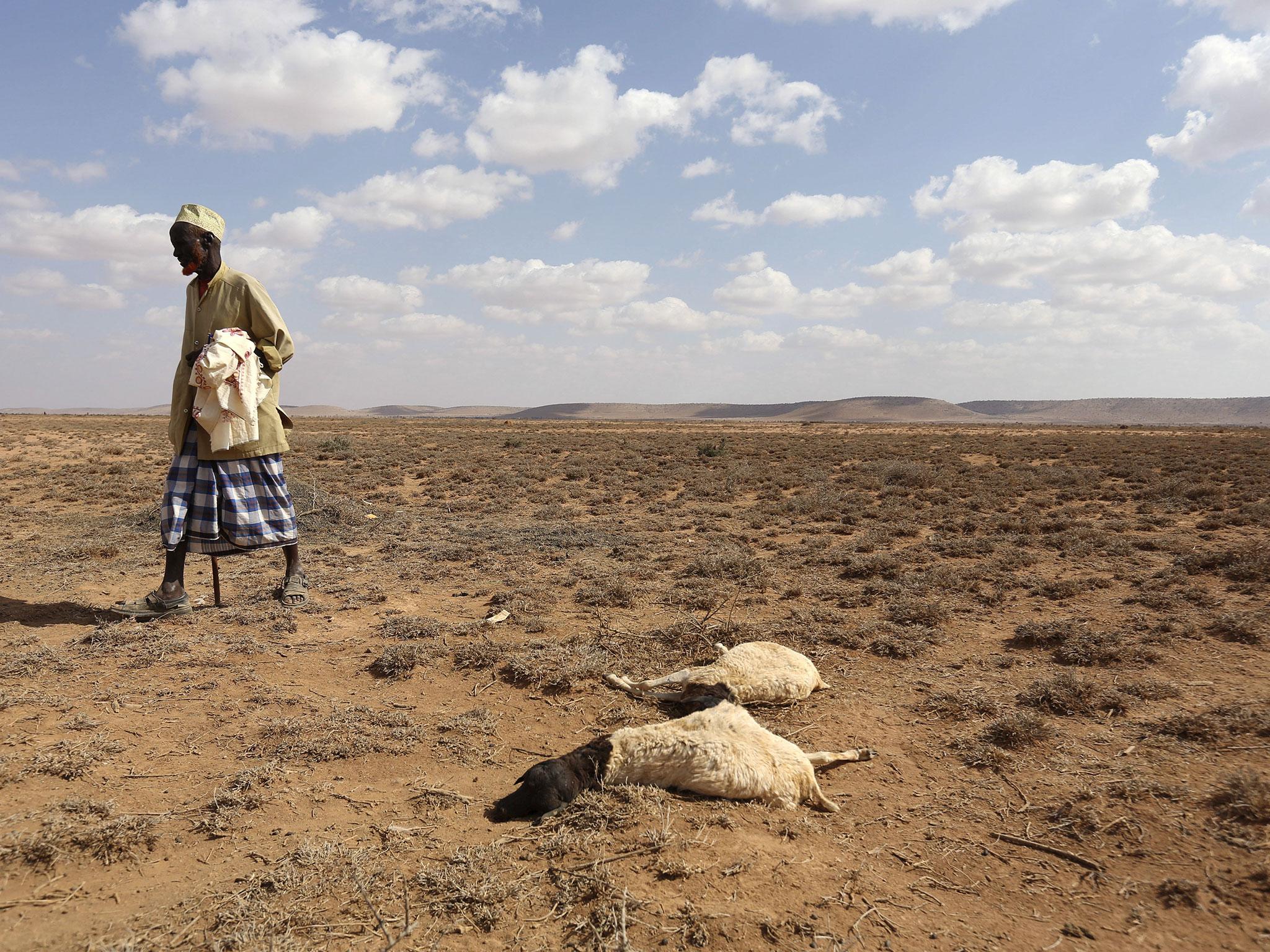Climate change: How wealthy countries are avoiding helping the world’s poorest cope
'Fuzzy maths' and dodgy accounting are being used by wealthiest nations to 'overstate the actual support provided to developing countries by a large margin', Oxfam says

Your support helps us to tell the story
From reproductive rights to climate change to Big Tech, The Independent is on the ground when the story is developing. Whether it's investigating the financials of Elon Musk's pro-Trump PAC or producing our latest documentary, 'The A Word', which shines a light on the American women fighting for reproductive rights, we know how important it is to parse out the facts from the messaging.
At such a critical moment in US history, we need reporters on the ground. Your donation allows us to keep sending journalists to speak to both sides of the story.
The Independent is trusted by Americans across the entire political spectrum. And unlike many other quality news outlets, we choose not to lock Americans out of our reporting and analysis with paywalls. We believe quality journalism should be available to everyone, paid for by those who can afford it.
Your support makes all the difference.The world’s wealthiest countries are paying far less money to the poorest nations to help them cope with the effects of climate change than they claim, according to a new report by Oxfam.
According to official figures, the developed world gave or helped raise about $41bn (about £33bn) a year in 2013 and 2014 to pay for renewable energy schemes, flood defences and other such projects.
In a recent report, wealthy countries claimed to be on track to increase this amount to $100bn a year by 2020 if some “modest assumptions” were allowed. The pledge to contribute that sum was reaffirmed in the Paris climate agreement, which will become an international treaty on Friday ahead of the next major summit on the issue, which begins next week in Morocco.
However an analysis of the figures by Oxfam found that “fuzzy maths” and other dubious accounting techniques had been used to inflate the actual value of the aid.
Instead of $41bn, the net assistance to developing countries was estimated at between $11bn and $21bn.
Most of the money is being spent on measures designed to reduce the rising global temperatures, rather than projects to help the poorest countries cope with its effects – like developing new ways of farming to produce enough food for people to eat. Oxfam estimated as little as $4bn may have been spent on ‘adaptation’.
And while wealthy Governments say they will provide $67bn of public money a year by 2020 – with the rest of the $100bn supposedly coming from private sources – Oxfam projected the real figure could be as low as $18bn.
The world’s poorest countries tend to be in regions of the world where climate change will hit hardest and also have done the least to create the problem, caused mainly because of fossil fuel emissions from industrialised areas.
Oxfam pointed to the current food crisis in Africa where tens of millions of people are struggling to get enough to eat amid a drought exacerbated by climate change and this year’s El Nino weather system, saying this was a sign of things to come if more was not done.
Tracy Carty, Oxfam's climate policy lead who co-authored the report said: “Climate change is already affecting people – killing crops, flooding homes and destroying lives.
“The world’s poorest people who are the most vulnerable to climate change are the least responsible, yet only a fraction of the money available is going to help them adapt.
“Climate finance is a lifeline for vulnerable people that are on the frontline of coping with climate change.
“The greater the share of the $100bn that is miscounted or over-counted, the less they receive to deal with floods, droughts and other extreme weather.”
There are two main problems in counting how much climate aid is being given.
The first is the practice of counting loans as if they were grants, while another common tactic is to count the entire budget of an aid project if it includes an element of climate finance. For example, if a school is being built with flood defences, the full cost of the scheme is counted as climate finance.
The report, called Climate Finance Shadow: Lifting the lid of progress towards the $100bn commitment, said: “Levels of climate finance to adaptation and to Least Developed Countries (LDCs) are seriously low – new commitments to increase both are urgently needed.
“LDCs are being left with far too little support and adaptation continues to be seriously neglected, when in reality both should be first-order priorities for allocation of the $100bn.”
It was scathing about the accounting system used by the wealthiest countries when assessing their own contributions.
“Agreement on common accounting standards is long overdue and vital to ensure that climate finance is spent effectively and efficiently to help deliver low carbon and climate resilient development,” the report said.
“Climate finance reporting systems lack transparency, consistency and detail, resulting in wide differences and ‘fuzzy maths‘ in the way developed countries report.
“Reported levels of global climate finance overstate the actual support provided to developing countries by a large margin. This is due to, for example, many countries counting loans at face value rather than at their grant equivalent.”
Join our commenting forum
Join thought-provoking conversations, follow other Independent readers and see their replies
Comments